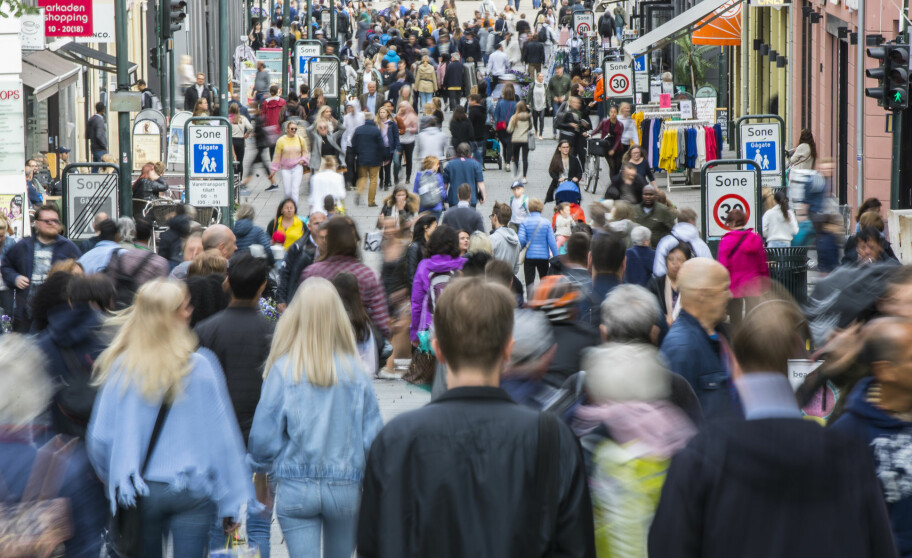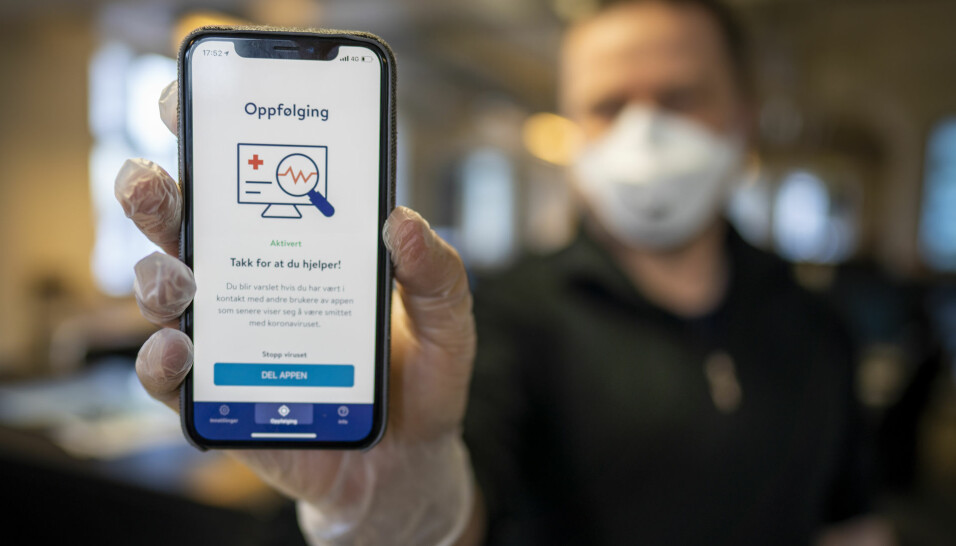
Immigrants and men with low incomes and low education levels more likely to die of COVID-19
Men with low incomes, low education and who have never been married are at increased risk of dying from COVID-19. Immigrants from low-income countries are similarly vulnerable, according to a Swedish study.
Being male, unmarried, having less income, a lower education level, or being an immigrant from a low-income country – each of these factors independently predicts a higher risk of dying from the pandemic.
According to a new study from Sweden, these risk factors were more pronounced among working people than among pensioners. For pensioners, being unmarried was the biggest risk factor for dying from COVID-19 disease.
Among men, low income is the factor that most increases the risk. Men with the lowest income have an 80 per cent higher risk than people who earn well.
When income levels were divided into three groups, researchers found that men with the second lowest incomes have a 50 per cent higher risk than individuals with the highest incomes.
Immigrants face twice the risk
Male immigrants from low- or middle-income countries are two and a half times more likely to die from the coronavirus than men born in Sweden.
Immigrant women have one and a half times higher risk than Swedish-born women.
The study covers over 3000 deaths from COVID-19 in Sweden between 5 January and 7 March. The researchers have linked the deaths to registry data for each individual.
“Although the virus does not discriminate, the interaction of the virus and the social environment creates a different burden that is unfavourable for society’s most disadvantaged members,” the researchers write in the study summary.
Many studies show same tendency
This is the only study from a Scandinavian country which is included in a report on socio-economic conditions and risk of getting COVID-19 recently presented by the Norwegian Institute of Public Health (NIPH).
Six other studies from other countries suggest the same findings: low income, poverty and living in disadvantaged areas are linked to increased risk of dying from COVID-19, as compared to the general population of the country.
Several of the studies also indicate that people with certain ethnic backgrounds are more at risk.
The Norwegian Institute of Public Health published the quick review to find out whether serious COVID-19 cases are related to socio-economically vulnerable or other vulnerable groups.
The vulnerable groups covered in the review are migrants and immigrants, the homeless, people with problematic drug or alcohol use, dementia, mental illnesses and mental or physical disabilities.
The entire overview includes 32 individual studies, and the Swedish study is the only one from a Scandinavian country.
“The Swedish study is absolutely relevant for Norwegian conditions. But because all the others studies are from different countries, we need to be careful about drawing conclusions that are valid for Norwegian conditions,” the researchers say.
Decline of cases in Norwegian-Somali community
In Norway, 91 people who were hospitalized for COVID-19 disease were born in Somalia. This corresponds to 8.4 per cent of all inpatients and is a large over-representation.
But now the infection is almost non-existent in the Norwegian-Somali community. The reason is that Norwegian-Somalis collaborated with the Directorate of Health and the municipality of Oslo to tailor information on the virus to their community, writes the Norwegian Broadcasting Corporation.
Many Norwegian-Somalis do not read Norwegian news, and thus did not receive information on the virus in a timely fashion.
The NorSom News online newspaper was one news source that eventually informed this population about the coronavirus in videos featuring Norwegian-Somali doctors and lawyers.
NIPH does not know the causes of the large spread at first, but tight living quarters and the fact that many in this population group have occupations that exposed them to infection were probably contributing factors.
Obesity and poverty and health workers
Studies from the UK and the US also show increased mortality in certain groups. A study from England shows that poor areas of England had twice as many deaths from COVID-19 as more affluent areas.
The areas with the lowest income had 55 deaths from COVID-19 per 100 000 population, compared to 25 deaths in more privileged areas.
A New York study showed that blacks and those with a Latin American background were more likely to die from COVID-19, while Asians had the lowest death rate. Blacks and Hispanics also had the highest proportion of obesity compared to other ethnic groups.
The researchers therefore believe that obesity may be a risk factor for mortality in certain ethnic groups.
Another US study suggests that among black women, being a nurse can be a risk factor for becoming infected.
Prisoners and the homeless
Prison inmates and homeless people in hostels may also be at increased risk of COVID-19 disease, according to the results of five studies.
"For prisoners in Norwegian prisons, this statistic probably doesn’t have any relevance; incarcerated individuals here have more space in the prison yard than in many other countries," says Frode Forland, director of infection control and environmental health at NIPH.
Two studies show that admissions to psychiatric hospital wards have declined during the corona epidemic.
Other studies show a higher vulnerability to anxiety, depression and stress during the pandemic in people with mental illness compared to healthy individuals.
More anxiety and stress
People with other disorders also report more mental health problems, according to some individual studies.
People with MS, Parkinson's, children with ADHD and children with autism spectrum diagnoses reported that their anxiety, mood and stress have been negatively affected by the pandemic.
The researchers looked in vain for studies that could document the effect of measures on social or economically vulnerable groups during the COVID-19 pandemic.
Must be interpreted cautiously
NIPH stresses that the results of the rapid review must be interpreted with caution. NIPH has not evaluated the quality of the studies included in the collective report. Nor has the quality of the documentation been evaluated.
“There is an urgent need to obtain research results quickly, which is why we chose this fast approach despite the inherent risk that we may have overlooked important documentation or may have made incorrect assessments along the way,” write researchers Vigdis Lauvrak and Lene Juvet at NIPH.
The Norwegian Institute of Public Health is now preparing studies to find out if some groups in Norway are more exposed to COVID-19.
“We’re planning more data collection specifically to shed light on whether COVID-19 hits some groups harder than others, including immigrants and health professionals,” says Forland.
Translated by: Ingrid P. Nuse
References:
V. Lauvrak, L. Juvet: COVID-19-EPIDEMIC: Social and economic vulnerable groups during the COVID-19 pandemic – a rapid review. Norwegian Institute of Public Health, June 2020.
S. Drefahl et al: Socio-demographic risk factors of COVID-19 deaths in Sweden: A nationwide register study. Stockholm University, June 3, 2020.
———
Read the Norwegian version of this article on forskning.no


































